Top 8 Uwear AI Alternatives for E-commerce Fashion Imaging
Table of Contents
- Introduction
- What is Uwear.ai?
- Uwear.ai Prices
- Why should you stop using Uwear.ai?
- Top Uwear.ai alternatives
- 1. Modelia
- 2. Fashn.ai Best for Fast, Scalable Visual Tagging
- 3. Lily AI Best for Intent-Based Enrichment
- 4. Vue.ai Most Comprehensive AI Suite
- 5. Edited Best for Trend and Market Intelligence
- 6. Syte Best for Visual Discovery and Search
- 7. Pixyle.ai Best for Custom Taxonomies and Global Reach
- 8. FindMine Best for AI Styling and Cross-Selling
- Final Thoughts
- Quick Summary:
Introduction
The fashion e-commerce space is evolving rapidly and so are the tools that power it. One of the standout players in recent years has been Uwear.ai, known for its AI fashion imaging and product data enrichment. But like any tool, Uwear.ai isn’t always the perfect fit for every brand. if you’re searching for the best Uwear.ai alternatives in 2025, this guide is for you.
Maybe you need more control over how your products are tagged, maybe your business spans multiple languages and markets or maybe you’re looking for deeper insights into trends and consumer behavior, something Uwear doesn't currently offer.
Whatever the reason this guide has been made perfect for you because we’ve rounded up in it eight powerful platforms that go beyond what Uwear offers, each with its own strengths for product enrichment, personalization, and global e-commerce growth.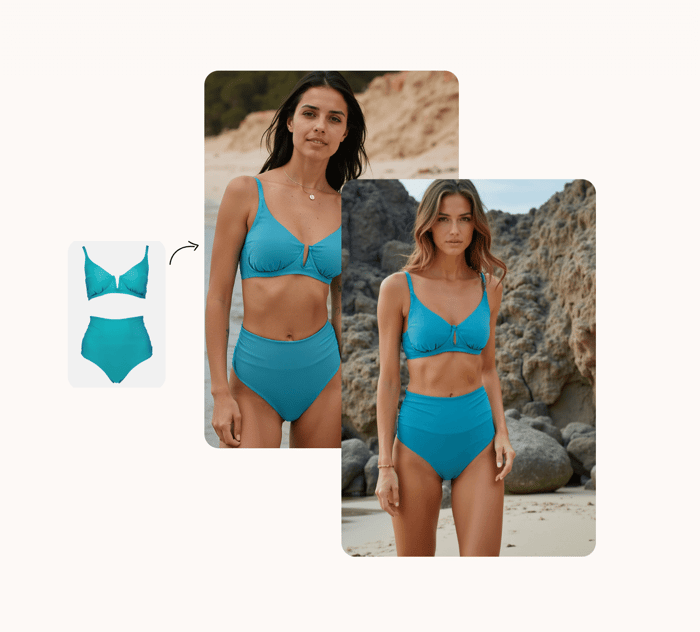
What is Uwear.ai?
Uwear.ai is a web specialized in creating model images with artificial intelligence.What this tool does is take images of garments and product descriptions using computer vision and machine learning. The platform can identify key visual attributes such as color, neckline, sleeve length, silhouette, and style, helping retailers optimize their catalog creation process and improve the accuracy of searches and filters.
Uwear.ai is typically used by fashion retailers, marketplaces, and brands aiming to reduce manual data entry and maintain consistent product metadata at scale. The platform integrates with popular e-commerce systems and PIMs (Product Information Management platforms), allowing enriched attributes to be synced across storefronts.
Uwear focuses on objective, visual product data and is best suited for teams looking to scale quickly with minimal customization needs.
Uwear.ai Prices
They don’t show prices on their website because the cost can change depending on how many products (SKUs) you have, how much you customize, and how much you use their API. But from what we know and how similar services charge, they probably have plans where you pay based on how much you use or different levels you can choose from.
Typical pricing considerations may include:
Volume of images/products to be tagged
Frequency of enrichment (real-time vs. batch processing)
API access or platform UI usage
Onboarding or custom taxonomy support
Integration and support packages
For an accurate quote, Uwear.ai requires potential clients to contact their sales team for a tailored proposal.
Why should you stop using Uwear.ai?
While Uwear.ai offers a solid foundation for automated product tagging, it has several limitations that may impact performance for mid-sized and enterprise fashion retailers:
1. Limited control over taxonomy
Uwear.ai uses a pre-set taxonomy, which might not align with niche or brand-specific structures. If you're in a specialized category like streetwear, luxury fashion, or adaptive clothing, the platform may not give you the granularity or flexibility needed for your product hierarchy.
2. No built-in market intelligence
Unlike solutions such as Edited or Lily AI, Uwear.ai does not provide real-time trend tracking, competitor pricing insights, or assortment planning tools. You’ll need to pair it with external analytics tools to get strategic context.
3. Lacks emotional or psychographic tagging
Today’s leading enrichment tools go beyond basic descriptors. Platforms like Lily AI connect attributes with buyer psychology (e.g., “romantic,” “confident,” “minimalist”) to enable better personalization and targeted marketing. Uwear.ai’s tagging remains purely objective.
4. Limited multilingual capabilities
Uwear.ai’s focus is primarily on English-language catalogs. Brands operating in Europe, LATAM, or Asia-Pacific regions may face issues with localization, SEO discoverability, and non-English storefront performance.
Top Uwear.ai alternatives
1. Modelia
What it does well:
Modelia uses smart AI to add special labels (tags) to products. But it’s not just regular labels, you can create your own words to describe your products, whether your brand is simple or very trendy.
It looks at pictures and figures out things like what the fabric is, the style or the neckline. Modelia is capable of transforming a simple photo into a work of art in the sense that you can insert an image of a garment on a hanger and have it transformed into a beautiful model wearing that same garment.
Modelia can also tag products in many languages, which is great for stores that sell in different countries.
What’s not so great:
It works best for medium or big stores. Small stores with just a few products might not need all its features.
Modelia is great at describing products, but if you want to know about market trends or prices, you need other tools too.
Who should use Modelia:
Fashion brands and stores that want special, custom labels, feelings in product descriptions, and tagging in many languages to help customers find and like their products better.
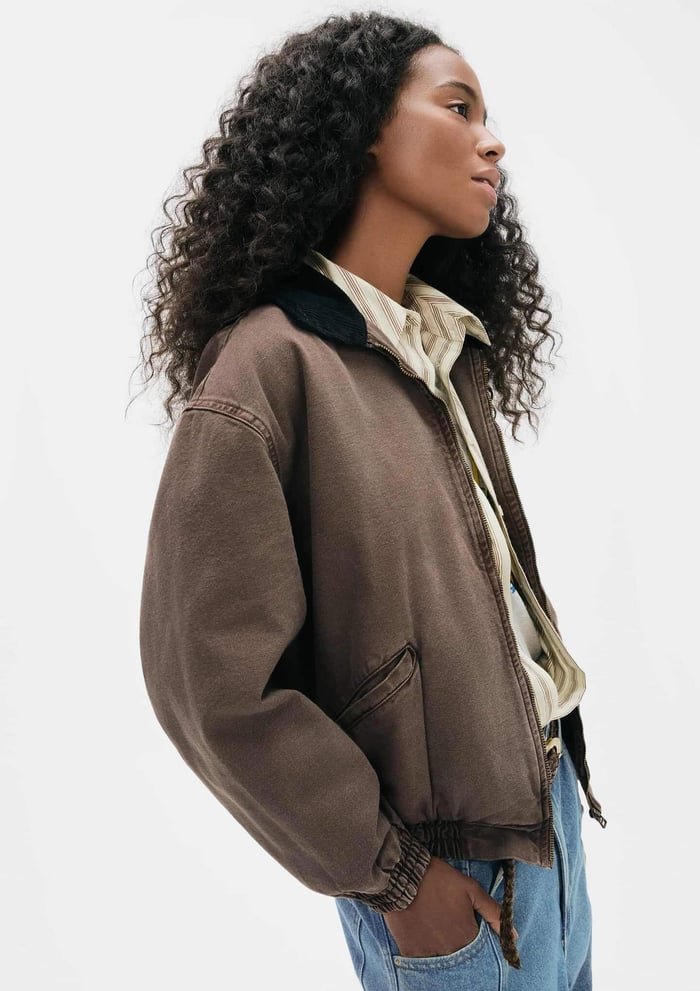
Sign up and star exploring Uwear alternatives
2. Fashn.ai Best for Fast, Scalable Visual Tagging
What it does well:
Fashn.ai is designed to scale quickly. It uses pre-trained AI models to detect and tag visual product attributes like color, shape, neckline, sleeve type, and pattern. For teams looking to streamline catalog enrichment across thousands of SKUs, it’s a fast and efficient option.
Where it falls short:
Limited control over taxonomy: If you operate in niche fashion categories (like streetwear, luxury, or adaptive clothing), you might find the default attribute sets too rigid.
No emotional tagging or psychographic data: Fashn.ai focuses on objective features, which may limit personalization opportunities.
Lack of built-in market insights: Unlike competitors such as Edited, it doesn’t provide real-time trend or pricing data.
Limited multilingual capabilities: English support is strong, but global brands might struggle with non-English tagging.
Best for:
Fast-growing fashion retailers that need scalable, AI-powered tagging with minimal setup.

3. Lily AI Best for Intent-Based Enrichment
What it does well:
Lily AI specializes in turning product attributes into psychological insights. Its enrichment engine connects visual and descriptive data with buyer intent, enabling more personalized shopping experiences.
Key features:
Emotional-based tagging (e.g., "empowering," "romantic," "comfortable")
Deep integration with search, recommendation engines, and PDPs
Trained on actual consumer behavior data
Why it stands out:
Lily AI helps brands speak the language of their customers—not just describe the products, but express how they make people feel.
Best for:
Retailers focused on conversion rate optimization, personalization, and emotional relevance in digital merchandising.

4. Vue.ai Most Comprehensive AI Suite
What it does well:
Vue.ai goes beyond tagging. It's an end-to-end AI platform built for fashion retail. Its suite includes everything from product tagging to automated styling, personalization, and even AI-generated imagery.
Key features:
Computer vision-based attribute tagging
AI styling and outfit generation
Personalized recommendations
Multi-language and localization support
Why it’s a strong Uwear.ai alternative:
Vue.ai offers a more complete set of tools, making it easier to build an integrated fashion AI stack without piecing together multiple vendors.
Best for:
Retailers looking for a full-featured AI partner that touches every stage of the customer journey.
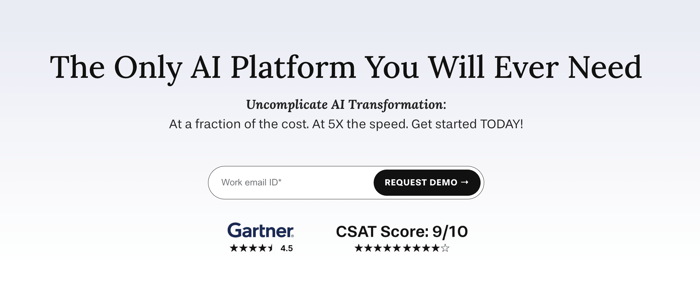
5. Edited Best for Trend and Market Intelligence
What it does well:
Edited focuses on market context. It’s not a tagging tool per se, but when used alongside Uwear.ai competitors, it becomes a strategic powerhouse.
Key features:
Real-time trend analysis
Competitor product and pricing tracking
Assortment planning and forecasting tools
Why it's relevant:
If you're enriching your product data, you'll also want to know what the market is doing—what’s trending, what’s selling, and how your pricing stacks up.
Best for:
Merchandising, buying, and planning teams who need data-driven decision-making layered on top of enriched product catalogs.
6. Syte Best for Visual Discovery and Search
What it does well:
Syte brings powerful visual search capabilities to fashion e-commerce. It allows customers to upload photos or click on visual cues to find similar items instantly.
Key features:
Visual similarity search
Smart tagging and product discovery
Personalized "complete the look" modules
Why it's a strong alternative:
While Uwear.ai enriches data on the back end, Syte improves front-end shopping experiences through visual navigation.
Best for:
Retailers aiming to drive engagement and conversions via AI product discovery.

7. Pixyle.ai Best for Custom Taxonomies and Global Reach
What it does well:
Pixyle.ai offers a high degree of customization. Unlike Uwear.ai, it lets brands define their own taxonomies and tagging systems.
Key features:
Support for custom attribute hierarchies
Strong API and integration tools
Multilingual tagging and localization
Why it matters:
Global fashion retailers often need to reflect regional differences in taxonomy and product description, Pixyle makes that easier.
Best for:
International brands that need taxonomy flexibility and robust localization support.

8. FindMine Best for AI Styling and Cross-Selling
What it does well:
FindMine takes enriched product data and turns it into automated styling content. Think of it as an AI stylist that generates shoppable outfits at scale.
Key features:
Dynamic outfit generation
Inventory-aware recommendations
Integration across PDPs, emails, and social media
Why it’s compelling:
FindMine doesn’t just describe your products, it shows how to wear them, increasing basket size and customer engagement.
Best for:
Retailers looking to enhance merchandising, cross-selling, and outfit-based discovery.
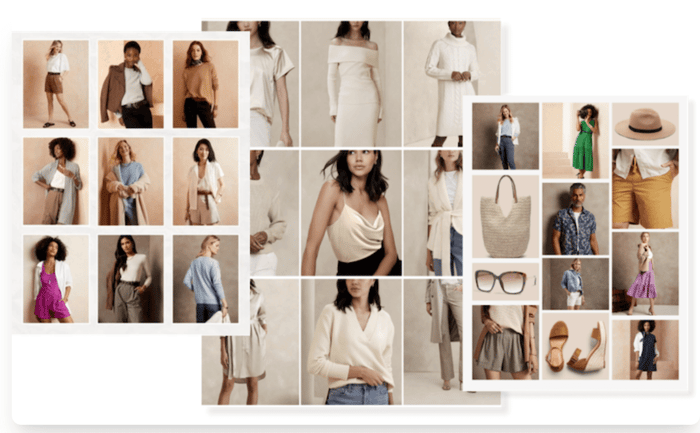
Final Thoughts
There’s no question that Uwear.ai is a powerful tool—but it’s not the only one. Whether you need more control over your taxonomy, better emotional tagging, or localized enrichment across multiple markets, there’s a 2025-ready platform that fits the bill.
Quick Summary:
Platform | Strength | Best For |
|---|---|---|
Fashn.ai | Fast visual tagging | Scalable enrichment |
Lily AI | Emotional + intent tagging | Personalization & conversion optimization |
Vue.ai | Full AI suite | End-to-end fashion AI |
Edited | Market insights | Merchandising & trend forecasting |
Syte | Visual search & discovery | Interactive shopping experiences |
Pixyle.ai | Custom taxonomy + multilingual | Global brands with niche structures |
FindMine | AI styling & outfit creation | Merchandising and AOV growth |
Modelia stands out of the rest of tools by being the most complete option and the one that mixes best the different applications AI has on fashion.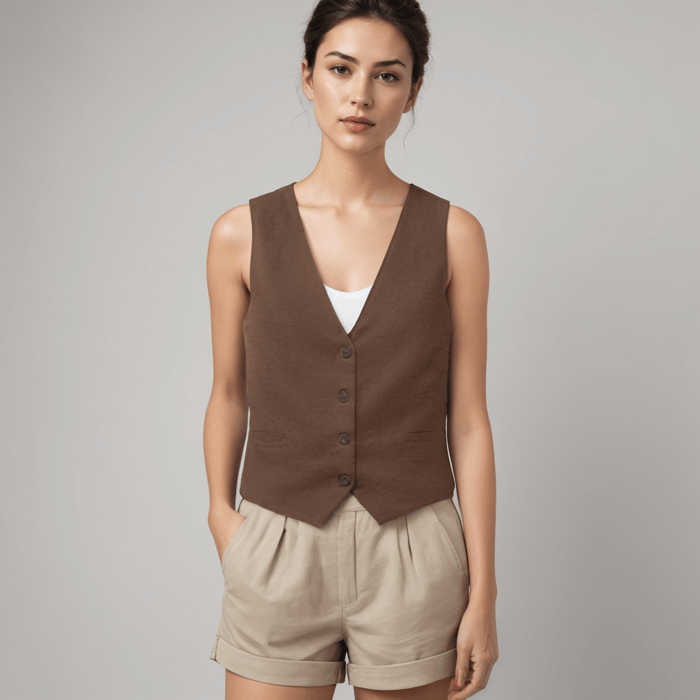 Choosing the right Uwear.ai competitor comes down to your unique goals, whether that’s operational scale, emotional resonance, or market agility.
Choosing the right Uwear.ai competitor comes down to your unique goals, whether that’s operational scale, emotional resonance, or market agility.
Ready to Make the Switch?
If you're evaluating Uwear.ai alternatives for your e-commerce fashion stack, consider booking demos with a few of these platforms. Most offer free trials or pilot programs, and in an industry driven by fast trends and even faster decisions, the right AI partner can give you the edge you need in 2025.
How would you rate this article:
Related Articles
- Fashion Design with AI: All You Need to Know
- The Future of AI Shopping: Smarter, Faster, Personalized
- AI Face Swapping: Transform Photos and Videos with Cutting-Edge Technology
- AI Video Generator for Shopify
- Modelia vs Hautech.ai: Which AI Tool Is Best for Your Fashion Business?
- 3D Fashion Design: Revolutionizing Fashion with Cutting-Edge Technology
- Top 5 AI Hairstyle Generator with Free Haircut Simulator
- AR Fashion App: The Future of Shopping with Augmented Reality Try-Ons and Styling
- AR Magic Mirror: How Augmented Reality is Transforming Fashion Retail and Shopping Experiences
- How Digital Clothing Is Shaping the Future of Fashion
